India-US ties in Trump’s first term with special focus on Howdy-Modi rallies
The event’s timing and symbolism amplified its significance. It occurred against the backdrop of Washington’s growing recognition of India’s security concerns and rising defence cooperation.
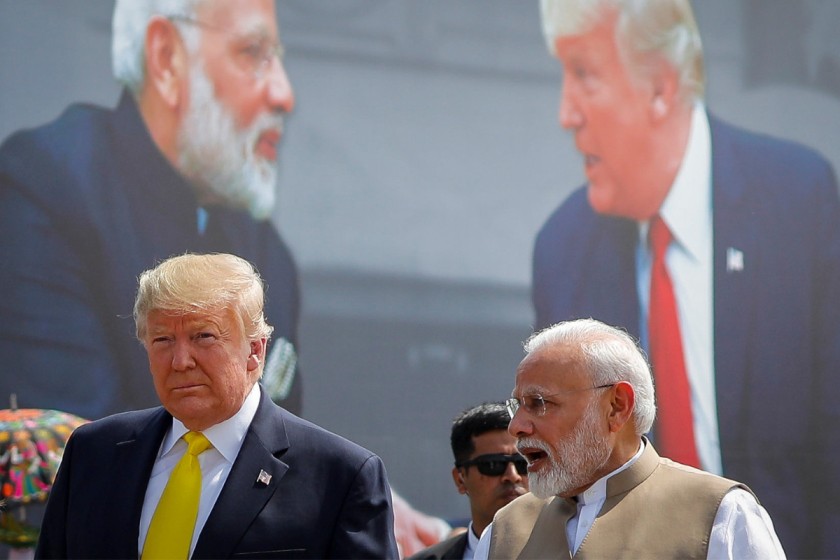 U.S. President Donald Trump and Indian Prime Minister Narendra Modi speak during the welcoming ceremony, as Trump arrives at Sardar Vallabhbhai Patel International Airport in Ahmedabad, India February 24, 2020. / REUTERS/Al Drago/ File Photo
U.S. President Donald Trump and Indian Prime Minister Narendra Modi speak during the welcoming ceremony, as Trump arrives at Sardar Vallabhbhai Patel International Airport in Ahmedabad, India February 24, 2020. / REUTERS/Al Drago/ File Photo
India’s relationship with the United States has, over the last quarter century, evolved into one of the most consequential partnerships we enjoy. As someone who had the privilege of serving as India’s Ambassador in Washington during President Donald Trump’s first term, I witnessed first-hand how this period produced notable high points, inevitable challenges, and enduring lessons.
Much has been written about the administration’s policies, but what stands out in retrospect is the strategic convergence that deepened our cooperation – on security, defence, counter-terrorism, and the Indo-Pacific. The ‘Howdy, Modi’ rally in Houston, where President Trump joined Prime Minister Modi before a vast gathering of Indian-Americans, symbolised this convergence in a way that few other moments could.
Contours of the Partnership Under Trump
Over the past 25 years, India-US ties have expanded across economic engagement, the civil nuclear deal, science, technology, defence, counter-terrorism, and people-to-people ties. Yet under Trump’s first term, several new shifts carried strategic weight.
India’s concerns about cross-border terrorism received visible support. After the Pulwama attack in February 2019, which killed nearly 50 CRPF personnel, Trump publicly recognised India’s right to self-defence. When asked about India's right to self-defence, he said, “India is looking at something very strong. And I mean, India just lost almost 50 people with an attack. So, I could understand that also”. Furthermore, the US called upon Pakistan to “punish anyone responsible” and expressed “strong support” for India.
Another major step was the suspension of US security assistance to Pakistan. Earlier presidents had issued warnings, but Trump acted – suspending and later cancelling over USD 1.3 billion in military aid in 2018 for Islamabad’s failure to act against groups like the Haqqani Network. In September 2018, the Pentagon formally withheld another USD 300 million in Coalition Support Funds. This marked a more consequential posture than rhetorical criticism.
Strategic architecture in the Indo-Pacific gained momentum. The Quad was revived; foreign ministers of India, the US, Japan, and Australia met in Washington, reaffirming their commitment to a ‘Free and Open Indo-Pacific.’ Foundational defence agreements such as LEMOA and COMCASA enhanced interoperability, technology transfers, secure communications, and joint capability.
‘Howdy, Modi’ and Its Significance
Amid this strategic deepening, the ‘Howdy, Modi’ event in Houston in September 2019 stands out as a highly visible and symbolic high point. Held at the NRG Stadium with over 50,000 attendees, it was the largest-ever gathering for an Indian Prime Minister in North America.
The event’s timing and symbolism amplified its significance. It occurred against the backdrop of Washington’s growing recognition of India’s security concerns and rising defence cooperation. Trump’s presence – personally addressing the diaspora alongside Modi – was a clear signal of the importance his administration attached to India and to the Indian-American community as a bridge between the countries.
‘Howdy, Modi’ was more than optics. It projected that India-US ties rest both on people-to-people foundations and on geopolitical alignment. It energised the diaspora while sending a message that Washington was visibly standing with New Delhi.
Other High Points
President Trump’s 2020 visit to India, highlighted by the ‘Namaste Trump’ rally in Ahmedabad before nearly 100,000 people, reinforced the partnership’s popular resonance. During this period, India and the US concluded key defence agreements – LEMOA, COMCASA, and later BECA – strengthening logistics, secure communications, geospatial cooperation, and access to advanced technologies. India was also elevated to Tier-1 of the Strategic Trade Authority list in 2018.
Equally significant was the adoption of the ‘Indo-Pacific’ nomenclature, with the Pacific Command renamed Indo-Pacific Command, underscoring India’s central role in US strategy and aligning with New Delhi’s Act East and Neighbourhood First policies.
Challenges and Complexities
No relationship of this depth is without its challenges. Trade frictions, visa policy knots, discrepancies over energy imports, concerns about human rights and democracy, and global perceptions were all parts of the backdrop. Sometimes symbolism comes with trade-offs; sometimes expectations outran immediate policy outcomes. And though Trump’s rhetoric often aligned with India’s perspective on terrorism and security, execution sometimes lagged, and the US priorities shifted due to domestic political pressures.
Way Forward
Today, India-US relations face issues over tariffs, technology flows, visa rules, and global issues. Yet these challenges should not obscure the solid foundations built in recent years. Trump’s first term offers lessons for the future. Defence agreements must be backed by consistent institutional mechanisms such as secure communications, intelligence sharing, and joint exercises. Public diplomacy and diaspora engagement, as seen in ‘Howdy, Modi’ and ‘Namaste Trump,’ lend legitimacy and popular resonance to strategy. Shared perceptions of threats from terrorism to Indo-Pacific challenges will continue to drive convergence, while respect for sovereignty and sensitivities will remain vital to managing trade, climate and other differences.
Looking ahead, the partnership must build on these pillars with clarity and sustained political will. The strength of India-US ties lies in their ability to combine hard security interests with values, people-to-people bonds, and strategic trust. If nurtured wisely, this convergence can deliver durable gains not just for both nations, but for global stability and prosperity.
The author is a Member of Parliament (Rajya Sabha) and former Foreign Secretary of India. He was also the Chief Coordinator of India’s G20 Presidency and India’s Ambassador to the US, Thailand and Bangladesh.
(The views and opinions expressed in this article are those of the author and do not necessarily reflect the official policy or position of New India Abroad)
ADVERTISEMENT
ADVERTISEMENT
E Paper
Video



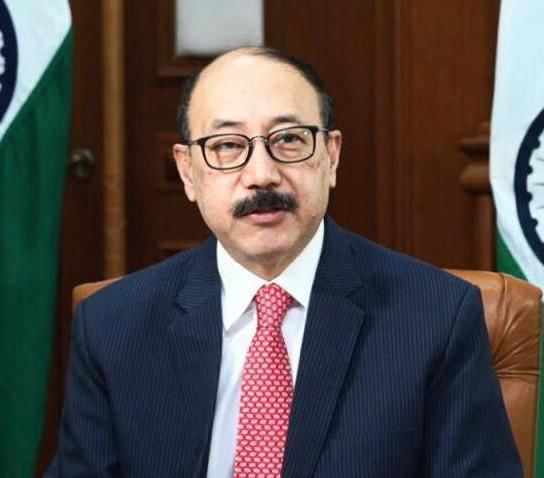 Harsh Vardhan Shringla
Harsh Vardhan Shringla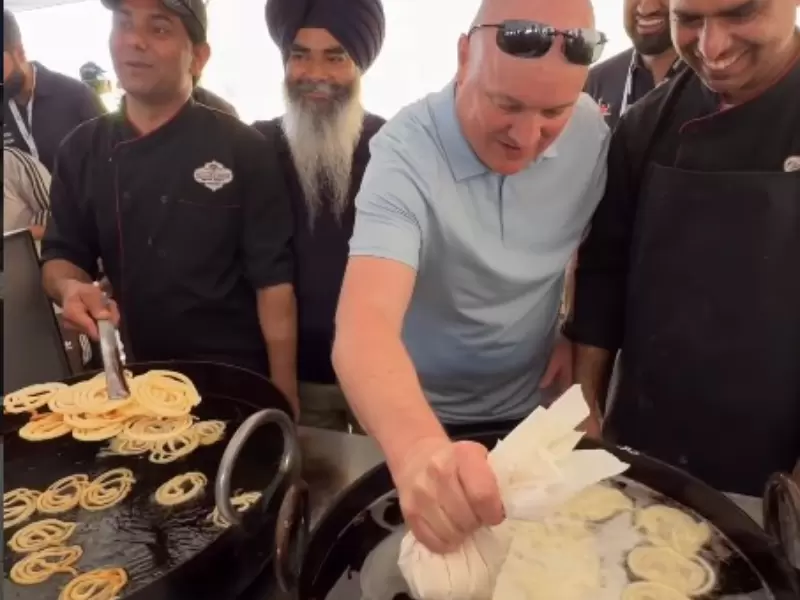

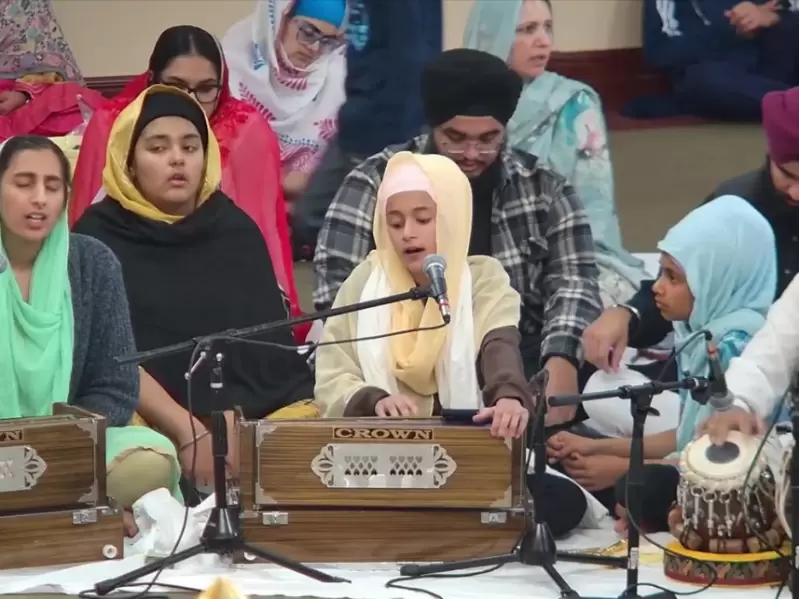
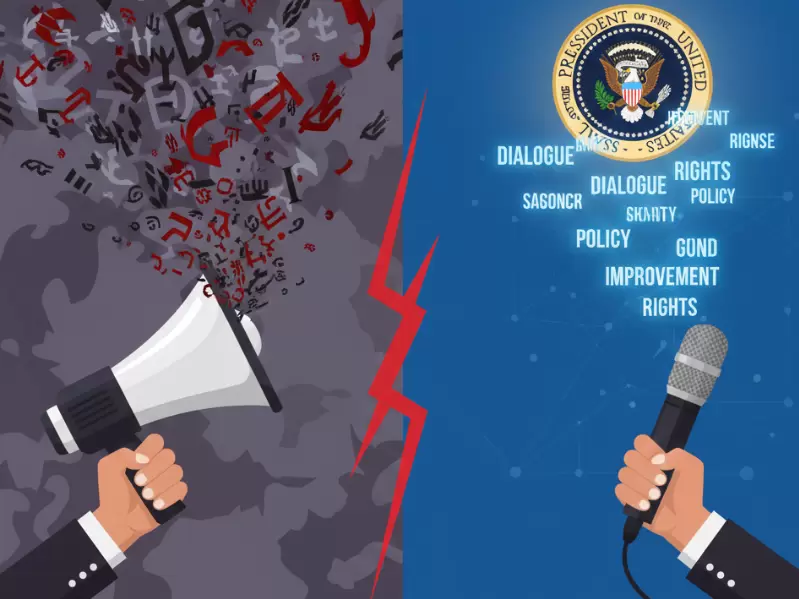
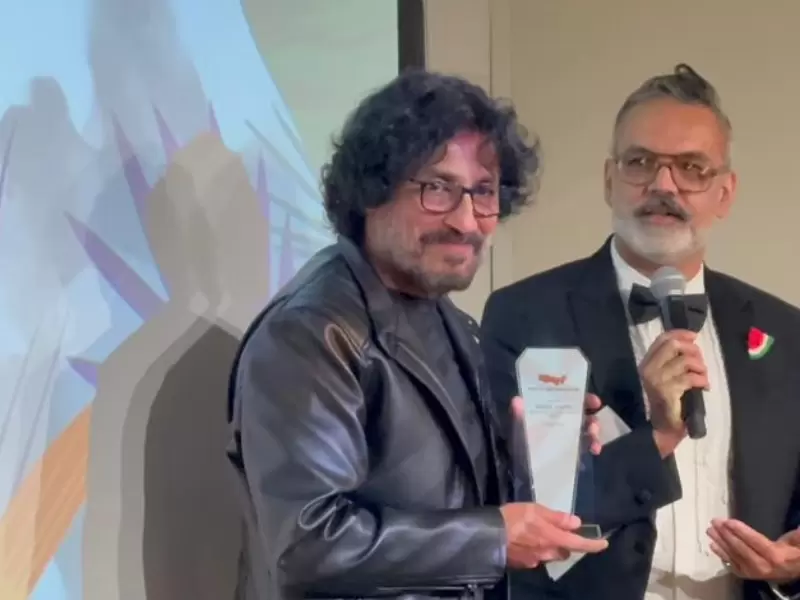
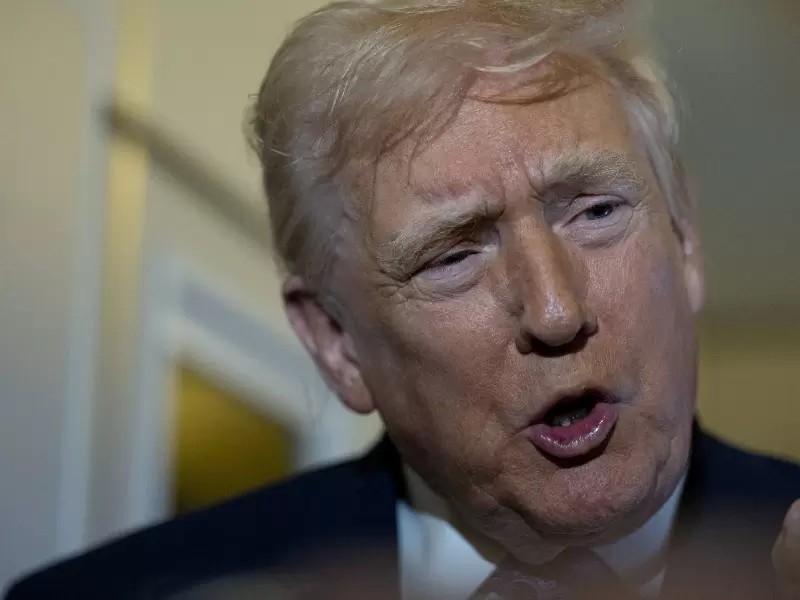
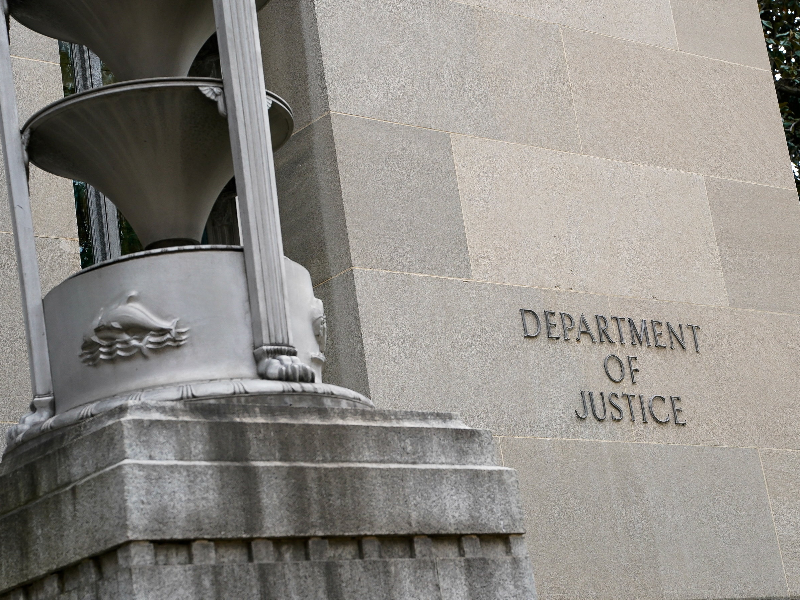
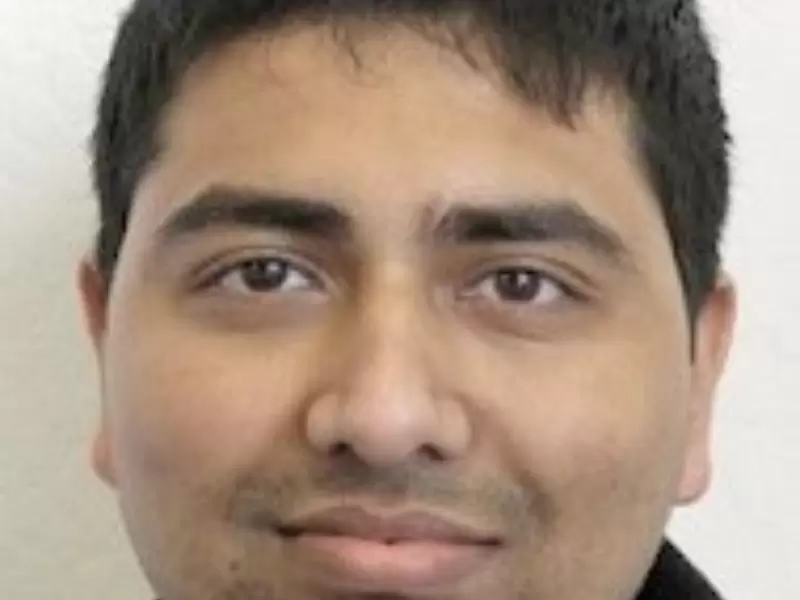
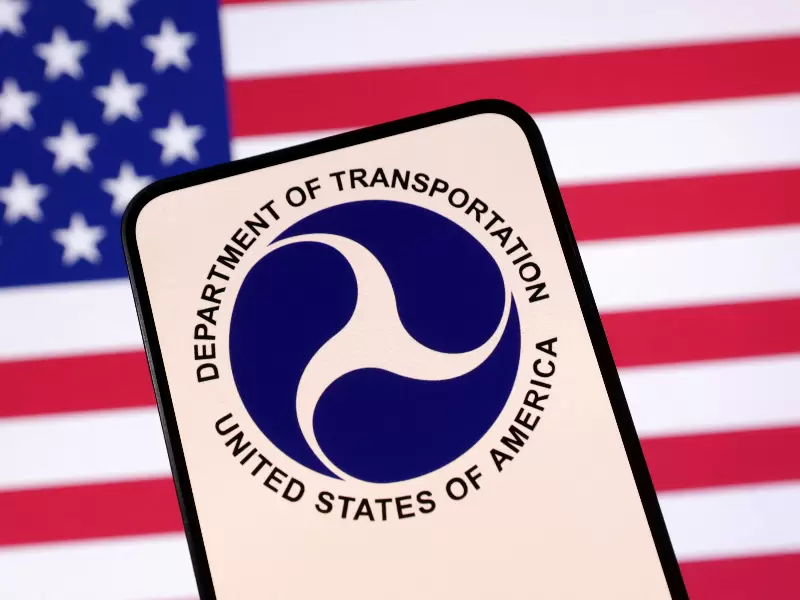
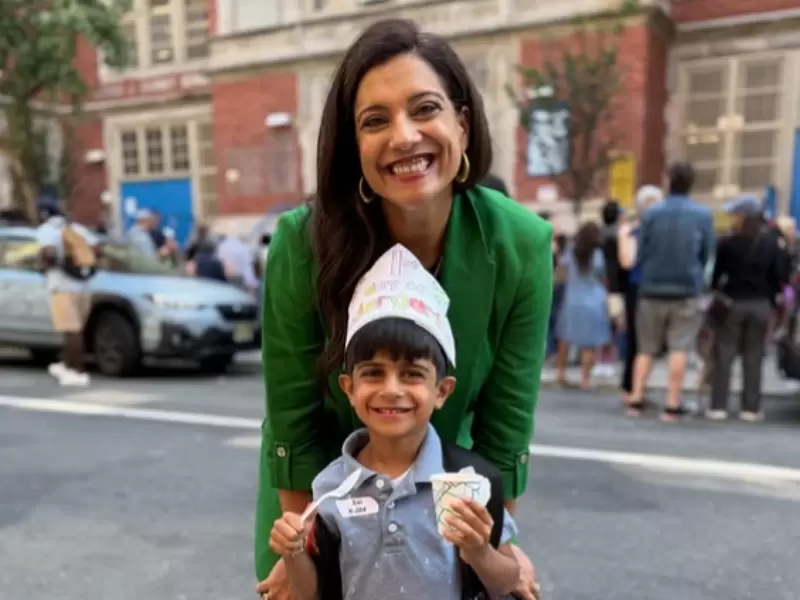

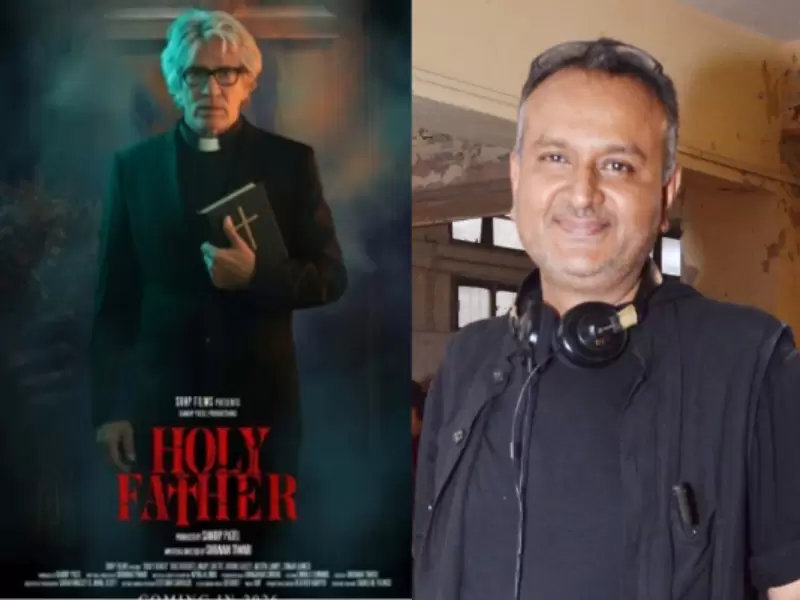

Comments
Start the conversation
Become a member of New India Abroad to start commenting.
Sign Up Now
Already have an account? Login